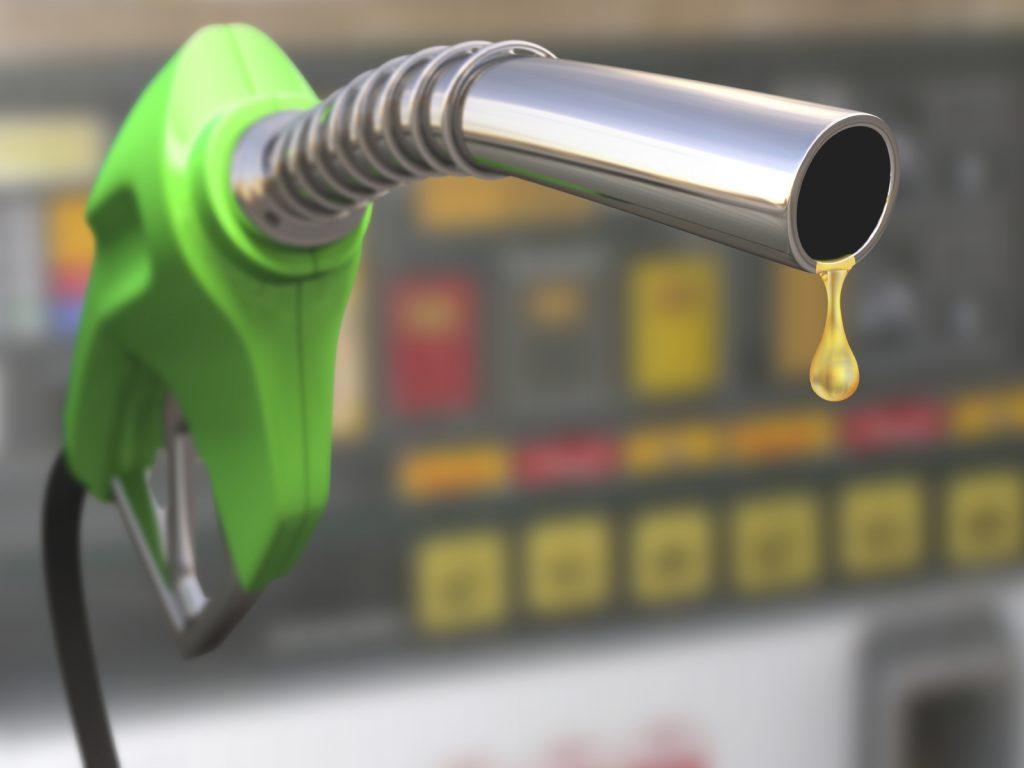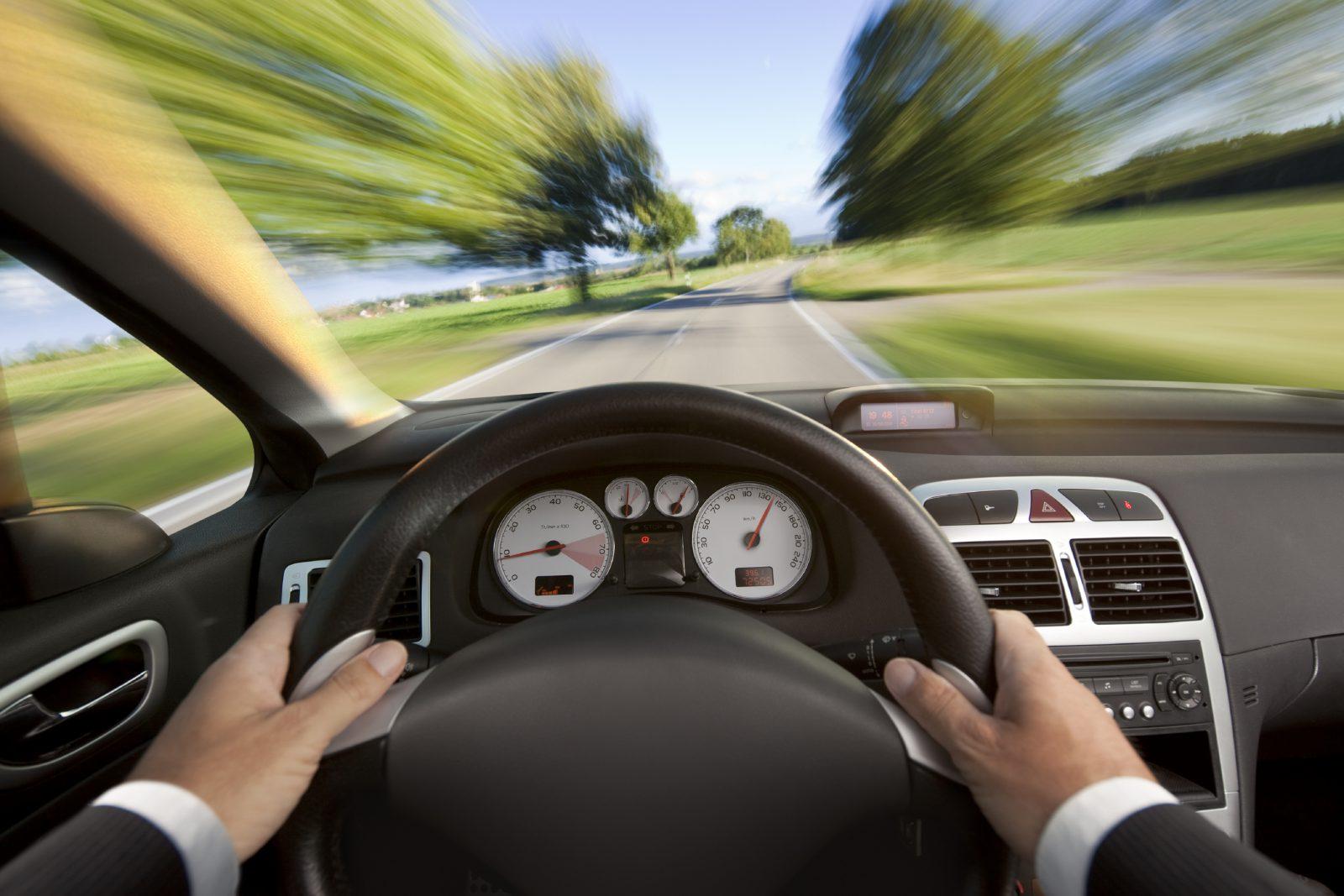The thing about carbon footprint has gained a lot of popularity lately. The amount of fuel a car burns can lead to deteriorating of the environment to a great extent. By maintaining an ideal car speed for fuel savings while driving down the road you can certainly make a difference. Surprised? Well, you ought not!
Read on to know how speed can help you achieve a bigger objective, i.e., fuel savings equal to fuel efficiency.
Contents
What Could Be The Ideal Car Speed For Fuel Savings?
Buying a fuel efficient car is not enough. One needs to know the right speed to drive at, to promote fuel efficiency. Studies point out the fact that fuel efficiency can be boosted significantly to about 30% by just modifying your driving style.
Here is some good driving speed advice to help you save the fuel costs as well as the environment.
1. On A Smooth Terrain
Applicable to most of the cars in the market; 55 mph or aptly 90 kph, is an ideal car speed for fuel savings. You may increase the speed to about 60 mph though, without adding onto the fuel consumption. Generally, fuel efficiency starts to droop as soon as you cross the 60 mph mark. Studies suggest that for every 5 miles per hour over the mentioned limit, a significant price you pay for gas increases.
You must be wondering why that happens. When your car travels at high speed, wind resistance is experienced, and the car’s wheels also encounter a rolling resistance. This, in turn, leads to over-consumption of fuel, thus less efficiency.
SEE MORE:
- Everything You Wanted To Know About Speed Shifting
- Manual Vs. Automatic-Which Car Is More Fuel Efficient?
2. On Bumpy Terrains
When the road is bumpy and rough, one tends to accelerate and decelerate often. As a matter of fact, this step is the worst thing you could do for achieving fuel economy. In case you have “cruise control” feature in your car, things could get better.

>> Finding cheap used cars from reliable Japanese sellers? Click here <<
When traveling down the bumpy roads, an ideal speed of 15-20 mph should be strictly maintained. Such a small step can help do the fuel savings to a great extent.
3. Steady and Constant
When you maintain a constant speed throughout your way, you are sure to increase fuel efficiency greatly. Even a slight variation or increase in speed can affect the fuel economy. The slow speed followed by acceleration is a complete no-no.
It is advised to maintain a constant speed throughout the journey. When you do this, whether you travel up a hill or on a plain road, you can decelerate naturally. Such an act further aids in improving the fuel efficiency. You may also go through driving tips for increasing hybrid cars’ fuel economy.
4. Study Results
An average car is said to be the most efficient at 55 mph. The moment a car touches the 6o mph mark, the fuel efficiency reduces by 3%. As the speed increases further to let’s say, 65 mph, the fuel efficiency reduces by 8%.
It is known that the 80 mph mark is the threshold above which your car is the least efficient. As much as 28% less efficiency is recorded at 80 mph. Not too good a figure!

Conclusion
This is all about the ideal car speed for fuel savings. Whether it is over-speeding, car idling, selecting of the right gear, or the appropriate tire inflation; everything needs to be in place for promoting fuel efficiency.




Why don’t you use km/hr, a more metric measure?